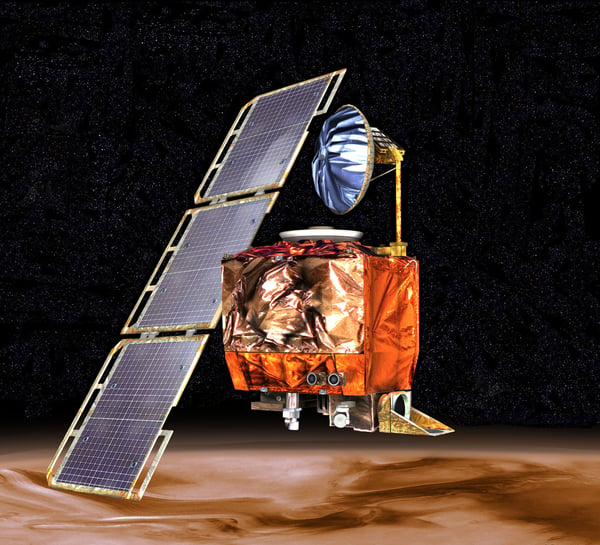3 Spooky Software Bugs: Halloween Special
Throughout the years, there have been some ghoulish software bugs that have made history...for the wrong reasons. For developers and CTOs alike, software bugs are definitely more trick than treat.
From frightening technical flukes that affect millions of people to software issues in space crafts, it's clear that software bugs can be costly errors, with enormous consequences.
This Halloween, we're taking a look at some spooky historic bugs that will really make you jump. Be afraid. Be very afraid.
1. YK2 Bug
 The year 1900
The year 1900
As the Millennium neared, many experts thought that computers simply wouldn't cope. In the 1960s, computers had minimal memory space. To reduce the impact on computers limited memory capabilities, computer engineers used a two-digit code for the year rather than four. '1991' became '91', and '1970' became '70'. But as 1999 drew closer, computer programmers started to worry: "what would happen in the year 2000?" Would there be a major bug in the software? Would computer think we had gone back in time to the year 1900? Would this be a software nightmare?
Savvy developers and computer experts set about putting in preparations for such a disaster, and as the clocks turned to midnight in the year 2000, very few significant problems occurred. But smaller, spookier software bugs were reported. In the US, 150 slot machines stopped working as the year changed. In Japan, an alarm in a nuclear power plant sounded two minutes after midnight, and in France, Météo-France, showed the weather forecast date as "01/01/19100". Creepy.
2. The Morris Worm

Robert Tappan Morris
In November 1988, a software bug scarily wormed its way through an estimated 6,000 internet-connected computers. The Morris Worm was one of the first major computer worms, and it caused many systems to slow down to a near standstill. The worm infected computers with UNIX systems at prestigious colleges across America. Emails took days to deliver, networks were out for as long as a week, and institutions had to wipe their computers to try and undo the damage. When Robert Tappan Morris was revealed as the maker of this ghoulish worm, he was found guilty of the Computer Fraud and Abuse Act, a law that was only passed the previous year. A benefit of the infamous Morris Worm was that it woke a lot of people up to the issue of cybersecurity. It led to improved security precautions, but also inspired a nation of pesky hackers to try and wreak the same havoc.
3. The Mars Climate Orbiter Failure

Mars Climate Orbiter
In 1999, NASA reported that their Mars Climate Orbiter had eerily been destroyed 'because of a software error'. At 09:00:46 UT Sept. 23, 1999, the orbiter began its mission to study martian climate and atmosphere as planned. The spacecraft was scheduled to re-establish contact after passing behind Mars, but, unfortunately, no signals were received from it. Why, do you ask? Because the mission was cut short by a bug. One piece of software had calculated the force in pounds, and the other had used metric Newtons. This mathematical mishap was not cheap. The total cost of the mission was $327.6 million, and the Mars Climate Orbiter never quite made it to Mars. It was lost in space, and lead to a few engineers kicking themselves.
Avoid a Scare
Although app developers don't have to worry about losing space probes and the end of the internet world (it's not quite the year 3000!), these historic bugs are enough to scare any tech professional. But don't hide behind your computer screens just yet. There are many simple ways to avoid costly software issues that can harm your business. By levelling up your QA strategy, you can deliver high-quality software that doesn't frighten customers. Just one way you can provide this is by crowdsourced testing. Download our white paper to find out how crowdsourced testing can help your business grow (and prevent a software scare) here.
Happy Halloween 🎃


